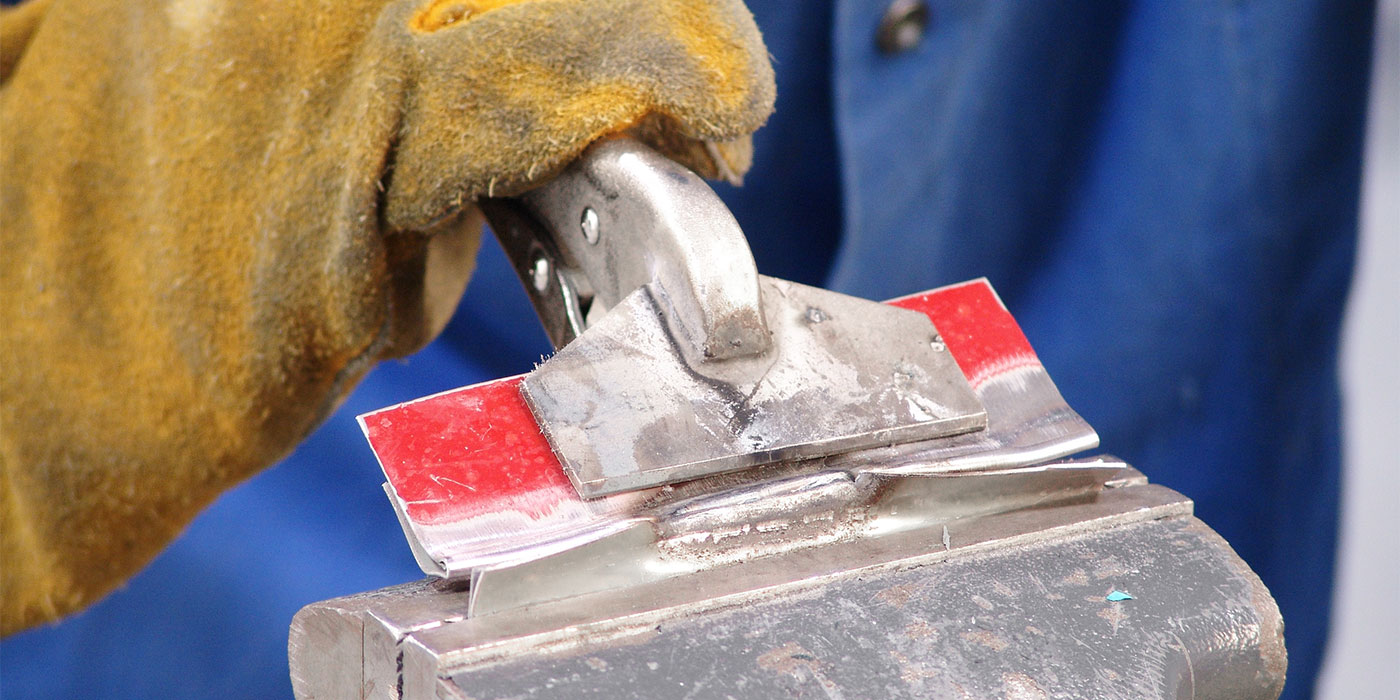Does there need to be more emphasis placed on more cost-effective, repairer-friendly vehicles when it comes to the designs and construction of automobiles? I’ve been in the collision repair business for more than 25 years and have seen automobiles become safer than ever. However, the side effect of this is highly complex repair procedures, many one-time use parts, a lot of over-the-top part prices, and often times hard-to-find repair information that we have to pay for. As everyone in the business has known, repair facilities for years have been struggling to receive fair compensation and profits throughout the entire repair process. In this day and age, a lot of these repairs require knowledgeable, caring people with specialized skills, materials and equipment. Instead of focusing on repairers, should insurance companies start focusing on the auto manufacturers to cut costly design and construction without sacrificing safety, quality and construction speed?
Question asked by: Forrest Arnhold, Hometown Chevrolet, New York
Question answered by Douglas Craig, technical application engineer and collision industry liaison, structural adhesives tech service, Lord Corporation
Auto manufacturers have a varied focus on damageability and repairability. While sometimes not visible to the repair industry, there are OEM initiatives in place to try and address the post-collision concern, much of which is understanding what will be involved to repair the vehicle structure such that if there is another crash event, the occupants will be protected as the engineers planned. Note: many OEMs do incorporate insurer input into the vehicle development process by reviewing claim data, vehicle ratings and part pricing.
The increase in safety, or sometimes referred to as survivability, has been driven by government-mandated regulations (also known as ‘fed regs’), the Insurance Institute for Highway Safety and auto manufacturers’ internal proprietary safety standards. Yes, vehicles are much safer now, but repairers often perceive that the vehicles are ‘difficult to repair’ or ‘disposable.’ What is typically forgotten is how well the occupants are protected and how injuries have been significantly reduced. Occupants are still injured (and occasionally killed), but the newer vehicles have dramatically reduced these occurrences. However, there is a price to pay to achieve this, which is sometimes seen in the repair process when more invasive repairs and replacements are required.
Tying into this discussion are the increasing fuel economy standards which each corporate fleet must attain. The CAFE (corporate average fuel economy) standards are a requirement and not an option. Powertrain efficiency and vehicle weight are the key factors here. While there are many other influences, such as aerodynamic drag, the weight concern will drive more changes into vehicle design that may be considered ‘difficult.’ Expect to see more advanced steels (stronger and thinner) along with increased use of aluminum and composite plastics, all of which will require more knowledge to repair or replace.
The bottom line is that the trend will continue and repairers will need more continuing education and access to OEM repair information and guidelines. Quite often, it’s perceived that a recommended repair is excessive because that is what’s required to ‘fix’ the car back to its ‘pre-collision condition.’ Sadly, the term ‘recommended’ is routinely used when it should be ‘required,’ but this is driven by the legal world and is another discussion in and of itself.
Compensation for work necessary and actually performed is a topic that will probably never be settled, but there are ways to improve the situation…and it’s actually pretty straightforward: communication. Reviewing the damaged vehicle (which should include a complete disassembly and analysis), researching the OEM repair guidelines, devising a repair plan, and compiling a thorough and complete repair estimate are all required before discussions with the paying party (typically the insurer) and greatly smooth the process. Clearly understanding the included, or not included, operations as outlined by the estimatics tool being utilized is crucial as well. Then, there is the need for a clear understanding of all the real costs involved in the repair facility to set the hourly rate. Historically, much of this has been ‘from the hip’ instead of being derived from data. Add into all of this the subjectivity of many of the repair allowances and goal setting, or targets, coming in from all parties involved and there is friction (I think a nice word for the situation).
I have been very fortunate to have spent the better part of 30 years in the automotive service world, including the mechanical side, collision repair, OEM and now adhesives. I’ve lived through the friction and aggravation of compensation and also been on the opposite side of the fence understanding and publishing the OEM recommendations, and I absolutely appreciate repairers’ concerns. But – and there is always a ‘but’ – to continue in this industry requires the understanding that change will continue in vehicle design and manufacturing, which will drive changes in repair procedures and thus increase the need for continuing education. Given all the facets of the industry I’ve been exposed to, I’ve had the opportunity to be immersed in all the technology and science necessary to put vehicles on the road – or back on the road – and I still find myself at times not having all the answers and having to research or reach out.













